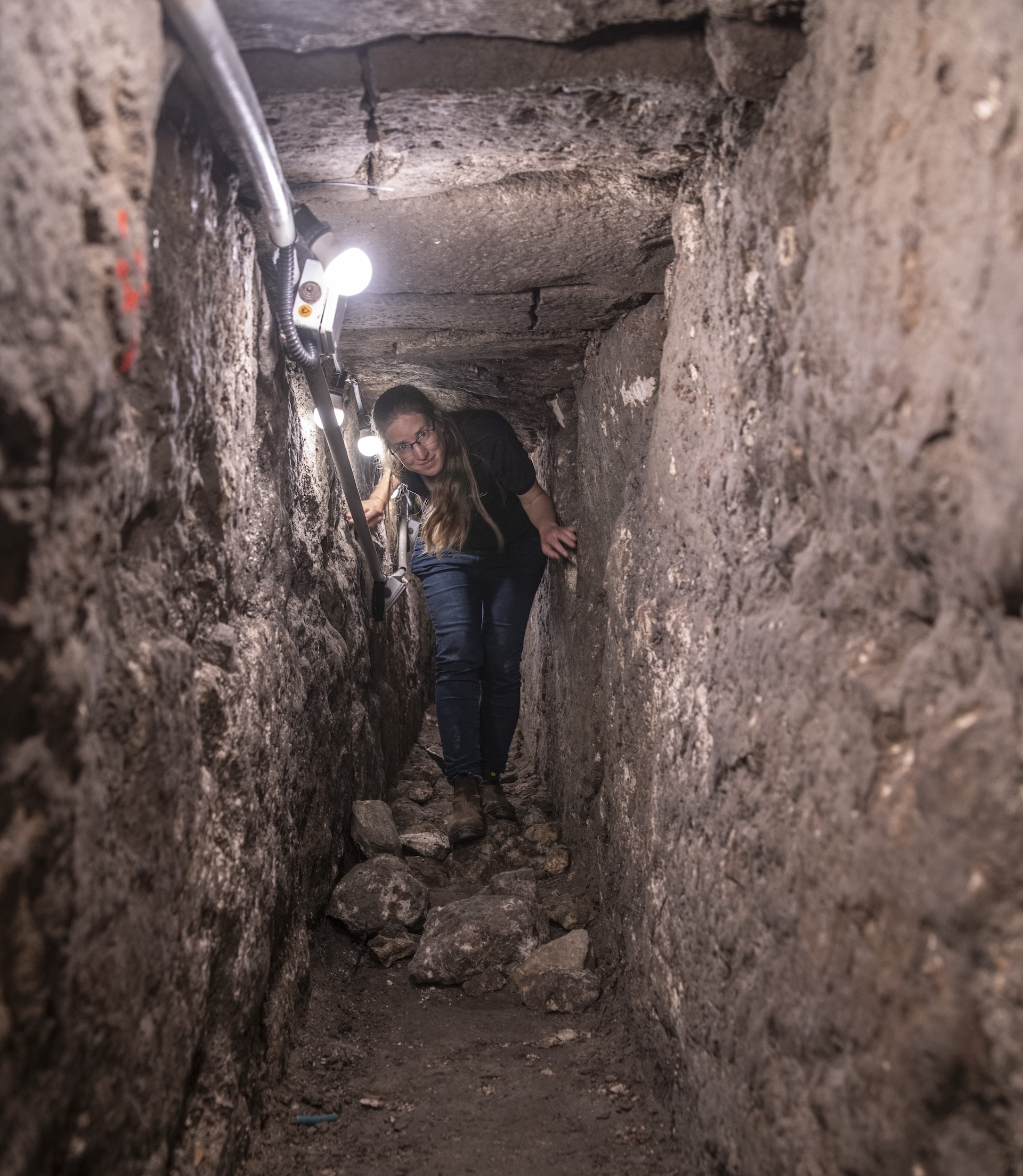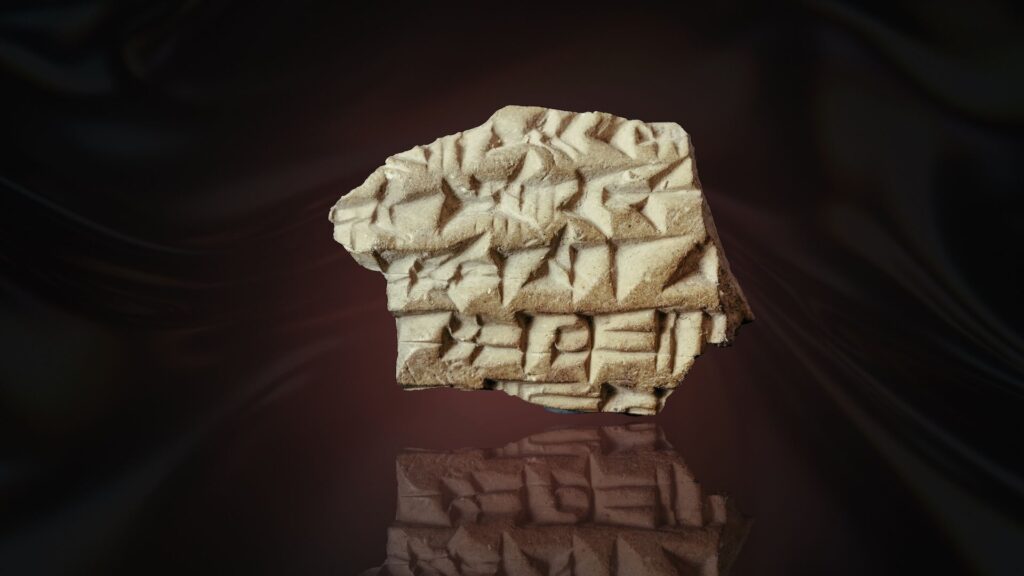A 2,700-year-old pottery shard discovered near Jerusalem’s Temple Mount is the first known correspondence between the kingdoms of Assyria and Judah ever found in Jerusalem.
The 1-inch (2.5 centimeter) long shard (a term used by archaeologists to describe pottery shards) is covered in cuneiform writing and dates to the First Temple period (1000-586 B.C.). It contains a royal letter from the kingdom of Assyria to the kingdom of Judah, apparently requesting to know the circumstances surrounding the delay in paying tribute.
you may like
“This inscription provides direct evidence of official documents between the Assyrian Empire and the Kingdom of Judah,” Ayala Zylberstein, director of excavations on behalf of the IAA, said in a statement. “This discovery strengthens our understanding of the depth of the Assyrian presence in Jerusalem and the extent of Assyrian influence and involvement in the political affairs of the Jewish kingdom.”
The statement said the fragments were discovered during excavations near the Western Wall on the Temple Mount. Researchers discovered the debris excavated in Emek Tulim National Park during “wet sifting.”
“While sifting through the soil, I suddenly noticed fragments with strange decorations,” Moria Cohen, who works at the Archaeological Experience in Emek Tulim, said in a statement. Cohen added: “I screamed in excitement after I decided for sure that this was really cuneiform and not a decoration.”
It added that the fragments were found in the soil along the edge of Jerusalem’s central drainage channel and date from the Second Temple period (516 BC to 70 AD). But the fact that fragments were found there suggests that the area “served as a center of activity for high-ranking ministers and figures” during the First Temple period, Zilberstein said.
It is likely that the fragment was actually part of a royal seal from an Assyrian court, or a seal intended to seal an official letter, Assyriologist Peter Zilberg of Bar-Ilan University and Filip Vukosavović of the International AA said in a joint statement.

“These types of bullae or seals were sometimes accompanied by short inscriptions in Assyrian cuneiform, describing the nature of the mission and its destination,” they said.
This idea supports the hypothesis that this correspondence was royal about delayed payments. A deadline is mentioned in the text, which is the beginning of Av, the summer month in the Jewish and Mesopotamian calendars. There is also mention of a chariot officer known from Assyrian records who may have carried the king’s message.
you may like
Although the message does not name the king of Judah, it was likely addressed to the courts of Hezekiah, Manasseh, and Josiah, the latter of whom ruled the kingdom of Judah when it was a vassal state of Assyria, the statement said.
It is also unclear why the payment was delayed.
Zylberg and Vukosavović said: “Although it is not possible to determine the background of this demand, whether it resulted from a mere technical delay or whether it was a deliberate step with political significance, the very existence of such an official appeal seems to prove that there is a certain amount of friction between Judah and the imperial government.”
Analysis of the material of the fragments suggests that it was not made locally in Jerusalem. IAA petrologist Anat Cohen-Weinberger said in a statement. Rather, its mineral composition is consistent with cities within the Assyrian kingdom, such as Nineveh.
Cohen-Weinberger added that “chemical analysis of the composition of the blisters is currently being carried out” to more precisely pinpoint their origin.
Zilberg and Vukosavović said that while the pieces may be small, the discovery is important.
“This discovery opens a window into understanding the political and administrative relationship between Judah and Assyria,” Zylberg and Vukosavović explained. “This is the very first evidence of this kind of official, and perhaps tense, communication between Jerusalem and the world’s most powerful superpower during the period we are discussing.”
Source link

